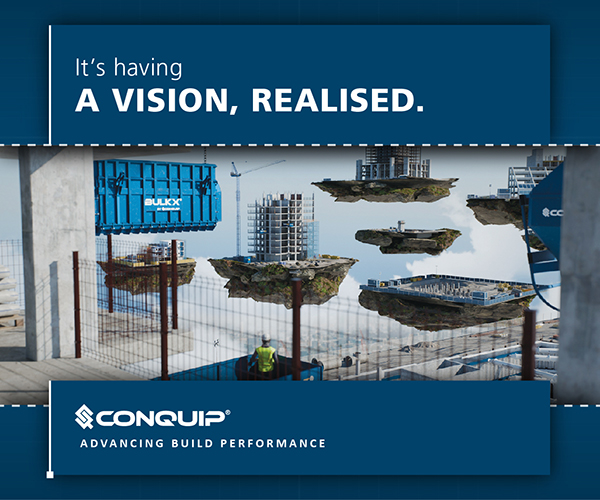Writing on the website of the Construction Industry Council, the umbrella body for the industry’s professions, Graham Watts backs calls for all non-critical construction to start to wind down immediately. “Construction sites cannot just be left,” he writes. “They need to be prepared for closure and left in a way that is safe and secure."
Industry guidance will soon be available on how to mothball sites safely.

Mr Watts' list of critical works that have to continue makes for discussion. Here it is:
- Make good unsafe buildings/dangerous structures – district surveyors need powers to instruct emergency work to be done to make them safe if any occur – and a hastily abandoned site might just lead to a dangerous structure occurring
- Structural inspections for subsidence / movement to determine risk
- Structural and roofing problems, loose tiles/chimney stacks, weathering
- All general building control work (both LABC and AIs) for nationally important buildings / facilities, e.g. NHS estate, GPs, etc.
- Drainage works / maintenance etc – important to avoid any increased public health problems in this respect
- Fire safety inspections
- Requirement for maintenance of fire protection systems and equipment to meet fire safety legislation – even if buildings are not occupied
- Ongoing need for fire risk assessments, both to meet legislation and new circumstances in buildings
- Remedial work required to remove unsafe ACM cladding etc.
- Glazing replacement
- Locksmithing / lock replacement
- Gas safety work/ suspected gas leaks
- Electrical safety work/ electrical failures
- Flood remediation (especially to homes hit by recent floods)
- Plumbing and heating failures including loss of heating/condensation problems/hot water services
- Emergency Leaking/ flooding
- Health risks associated with blocked drainage/sewerage systems
- Water companies – remedial / emergency work to buildings and assets that are crucial to the supply of clean water,
- New or business/safety critical maintenance work on establishments which are involved in supply chain of vital NHS equipment (for example where manufacturers are building units to make ventilators)
- Factories that are making anything required to combat the virus (e.g. a new hand sanitiser factory is under construction);
- Food supply chain – essential new builds or maintenance on existing buildings
- Extra warehouse space for food distribution by online platforms (to cope with massively increased demand)
- New or business/safety critical maintenance work on establishments which are involved in supply of medicines,
- Essential maintenance on morgues, funeral parlours, and crematoriums
- Essential maintenance and remediation across the health sector
- Installation/maintenance technicians providing services to key sectors – health, power etc
- Emergency callouts, safety checks and essential work in care homes
- Ongoing supervision and security measures
- Sites where anti-terrorism considerations need to take precedence over other concerns – eg Palace of Westminster.
- Urgent works on emergency service properties other than health - police, fire, for example
- Unsafe infrastructure – if a lorry strikes a bridge during the shutdown, for example, then work may be needed to make safe the affected structure
- Bridge inspection and maintenance
- Dam inspection and maintenance
- Maintaining key national infrastructure: power stations and grid, motorways, railways, utilities etc.
- Repair and maintenance of telecommunications, energy waste and water – these are vital to work from home
- R&D facilities, where related to vaccine development or virus treatment
- Work on factories that make materials that are vital to all elements on this list
He emphasises that this list is not exhaustive and other safety-critical work needs to be added. Suggestions?
Got a story? Email news@theconstructionindex.co.uk



